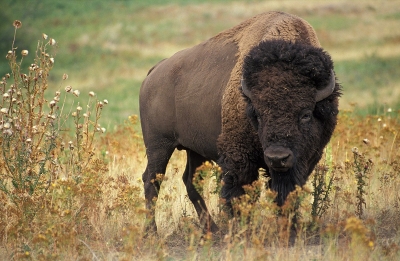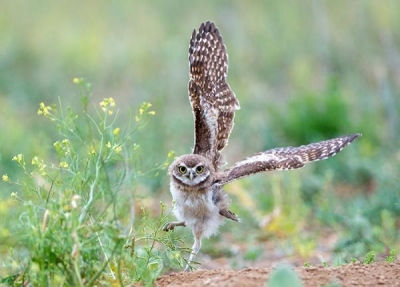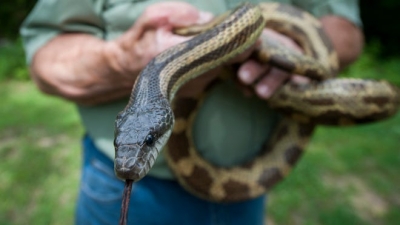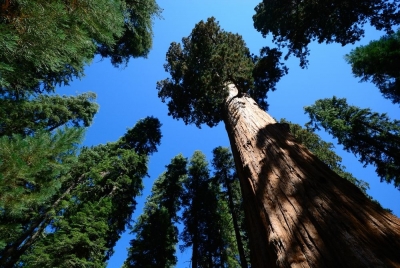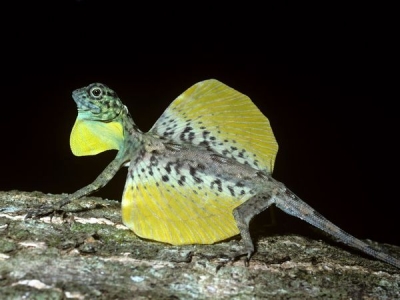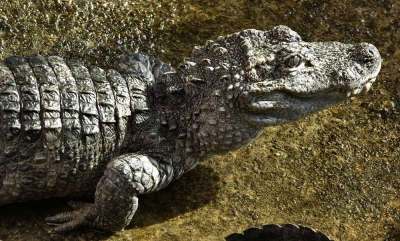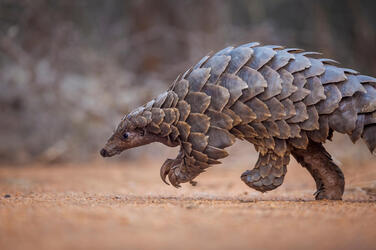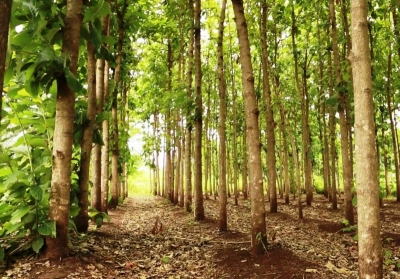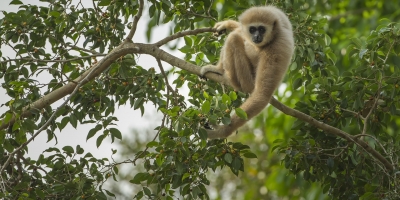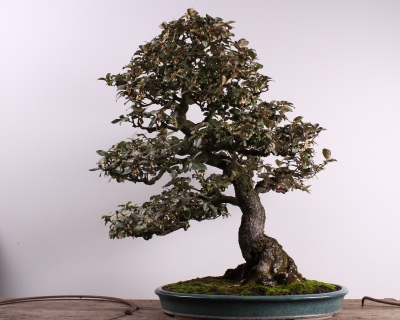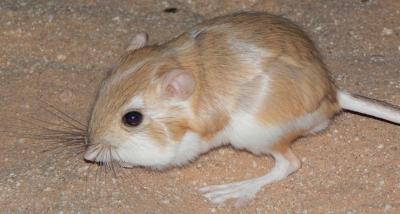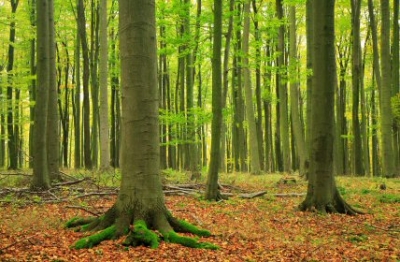Where the cashew grows?
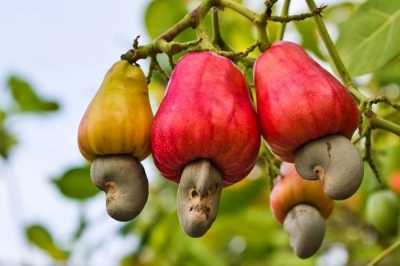
The acaju, or cashew, is a native plant of tropical America but today it is cultivated in most warm countries for its excellent nuts. The tree grows on ground that is lower than 800 metres and needs a warm, moist climate/ the fruit, which is particularly popular in Brazil where it ripens between November and January, is quite odd-looking. It resembles a large pear as big as a man’s fist, at the bottom of which is a woody growth shaped like a kidney.
In actual fact the real fruits is this curved nut at the bottom of the fruit. The most striking part of the fruit is the pear-shaped part which is really the greatly swollen stalk of the tree’s blossom. The stalk becomes flesh and rich in sugar substances.
Picture Credit : Google
